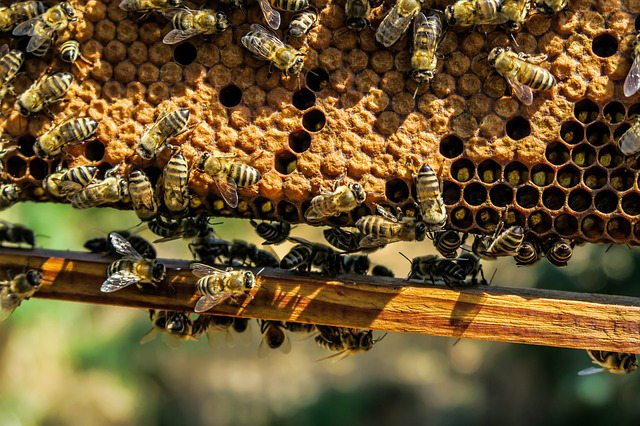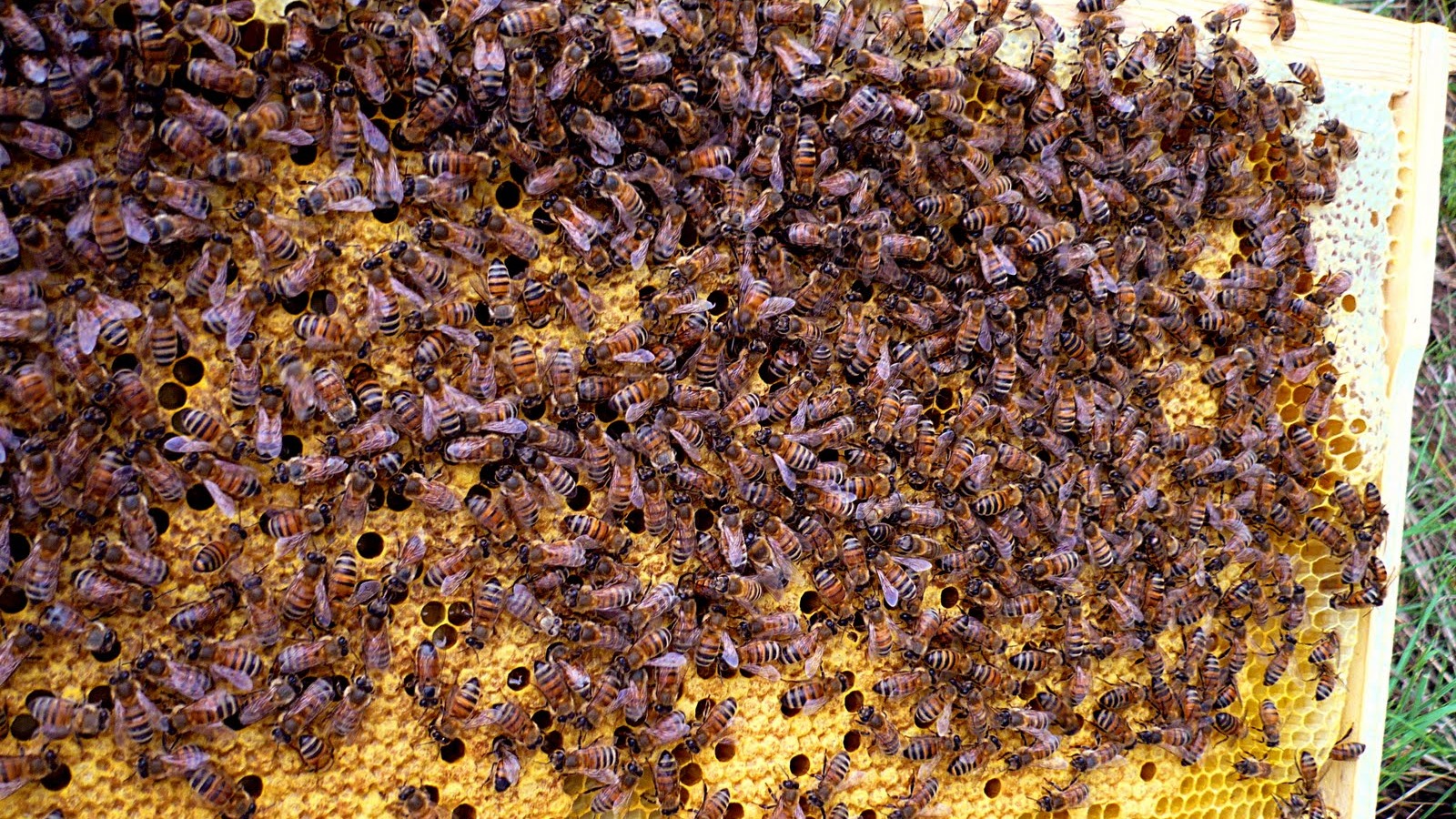
SWARMS
We also provide discounts for seniors and military!
Lorem ipsum dolor sit amet, consectetur adipisicing elit, sed do eiusmod tempor incididunt ut labore et dolore magna aliqua. Lorem ipsum dolor sit amet, consectetur adipisicing elit, sed do eiusmod tempor incididunt ut labore et dolore magna aliqua.Lorem ipsum dolor sit amet, consectetur adipisicing elit, sed do eiusmod tempor incididunt ut labore et dolore magna aliqua.Lorem ipsum dolor sit amet, consectetur adipisicing elit, sed do eiusmod tempor incididunt ut labore et dolore magna aliqua.
CALL BEE FREE
in San Mateo CA today at 650-773-9870 or 415-385-1061.
Call Now!

SWARMS
Swarming is the natural means of reproduction of honey bee colonies. A new honey bee colony is formed when the queen bee leaves the colony with a large group of worker bees, a process called swarming. In the prime swarm, about 60% of the worker bees leave the original hive location with the old queen. This swarm can contain thousands to tens of thousands of bees. Swarming is mainly a spring phenomenon, usually within a two- or three-week period depending on the locale, but occasional swarms can happen throughout the producing season.
Secondary afterswarms may happen but are rare. Afterswarms are usually smaller and are accompanied by one or more virgin queens. Sometimes a beehive will swarm in succession until it is almost totally depleted of workers. Entomologists consider the colony as a superorganism. An individual bee without a colony cannot survive for long. The colony also needs a certain colony size to reproduce. In the process of swarming the original single colony reproduces to two and sometimes more colonies. A swarm of bees sometimes frightens people, though the bees are usually not aggressive at this stage of their life cycle. This is principally due to the swarming bees’ lack of brood (developing bees) to defend and their interest in finding a new nesting location for their queen. This does not mean that bees from a swarm will not attack if they perceive a threat; however, most bees only attack in response to intrusions against their hive. Swarm clusters, hanging off of a tree branch, will move on and find a suitable nesting location in a day or two. Beekeepers are sometimes called to capture swarms that are cast by feral honey bees or from the hives of inattentive beekeepers.
CALL BEE FREE
in San Mateo CA today at 650-773-9870 or 415-385-1061.
Call Now!
CONTACT US
You can contact us at our address below, or you could fill up the contact form in our contact us page and we will get back to you as soon as we could.
![]() Call Us On: 650-773-9870 or 530-391-6718
Call Us On: 650-773-9870 or 530-391-6718
![]() Email Us at beefreeteam@gmail.com
Email Us at beefreeteam@gmail.com

